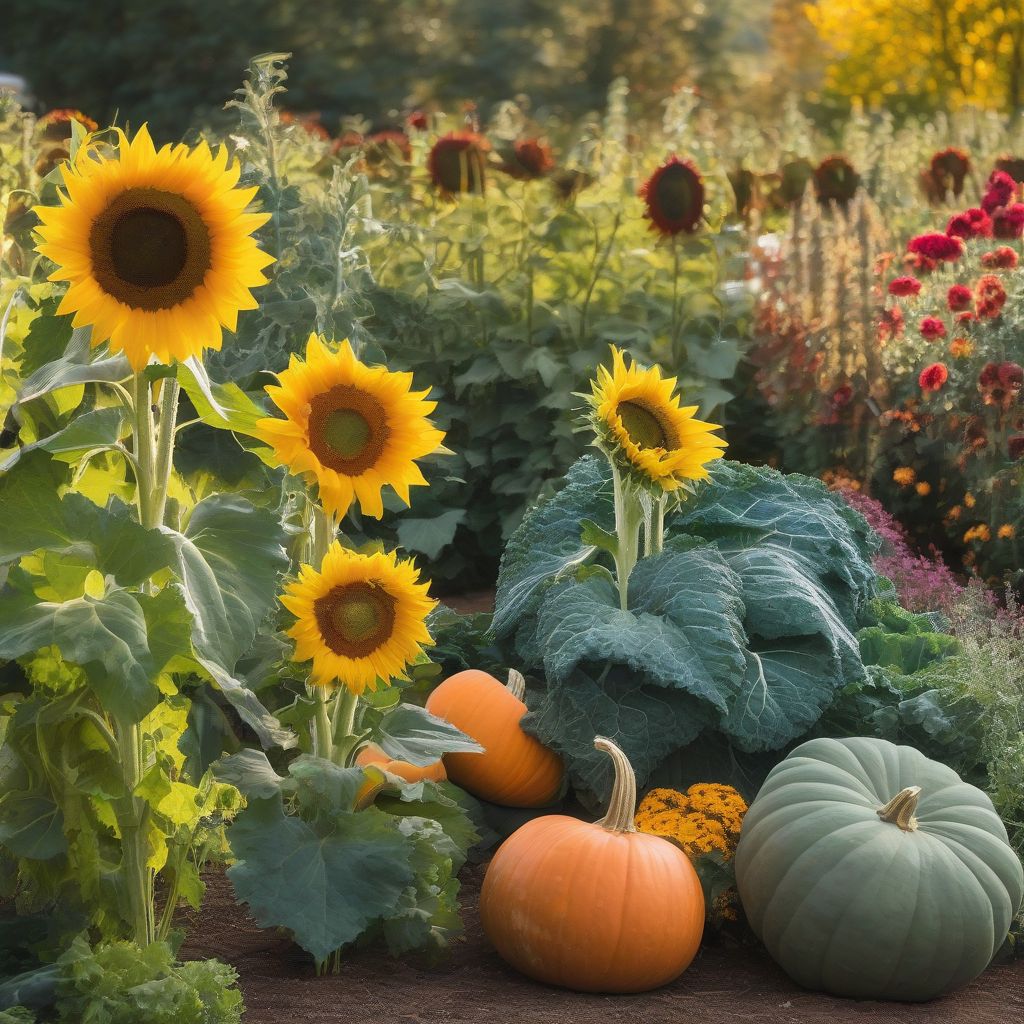Have you ever dreamt of a garden that thrives year-round, a constant source of fresh, vibrant produce no matter the season? While a perpetual summer garden might remain a dream, transitioning your garden smoothly between seasons is entirely achievable. With a bit of planning and foresight, you can maximize your garden’s productivity and enjoy a continuous harvest. This comprehensive guide will equip you with the knowledge and strategies to successfully navigate the changing seasons and keep your garden flourishing.
Understanding the Importance of Garden Transitioning
Transitioning your garden between seasons is crucial for several reasons. Primarily, it extends your growing season, allowing you to enjoy fresh produce for a longer period. It also helps maintain soil health by preventing erosion and nutrient depletion. By strategically planting cover crops and amending the soil, you create a healthy foundation for the next season’s growth. Furthermore, a well-transitioned garden reduces pest and disease issues, minimizing the need for chemical interventions.
Planning Your Seasonal Transition
Before diving into the practical steps, take time to assess your current garden and plan for the upcoming season. Consider your local climate, including the average first and last frost dates. This will help you determine the best time to start seeds, transplant seedlings, and harvest crops. Research which plants thrive in each season in your region. A well-planned transition ensures a continuous supply of fresh produce throughout the year.
Fall to Winter Transition
As summer’s warmth fades, it’s time to prepare your garden for the colder months. This transition focuses on protecting existing plants and preparing the soil for spring.
- Clean Up Debris: Remove spent plants and any fallen leaves to prevent disease and pest infestations. Compost healthy plant material to enrich your soil.
- Plant Cover Crops: Cover crops like rye or clover protect the soil from erosion, suppress weeds, and add nutrients back into the ground.
- Mulch Your Garden: A layer of mulch insulates the soil, protecting plant roots from frost and preventing weed growth.
- Protect Tender Plants: Bring sensitive plants indoors or provide them with frost protection using row covers or cloches.
Winter to Spring Transition
The transition from winter to spring is a time of renewal and growth. As temperatures rise, it’s time to awaken your garden from its winter slumber.
- Start Seeds Indoors: Begin sowing seeds indoors for warm-season crops like tomatoes, peppers, and cucumbers. This gives them a head start before the last frost.
- Prepare the Soil: Amend the soil with compost or other organic matter to replenish nutrients and improve soil structure.
- Harden Off Seedlings: Gradually introduce seedlings to outdoor conditions before transplanting them into the garden. This helps them acclimate to the sun and wind.
- Plant Cool-Season Crops: Sow seeds or transplant seedlings of cool-season vegetables like lettuce, spinach, and peas.
Spring to Summer Transition
As spring blossoms into summer, your garden transitions into a period of abundant growth and harvest.
- Monitor Watering: Increase watering frequency as temperatures rise to ensure plants receive adequate hydration.
- Provide Support: Install trellises or stakes for vining plants like tomatoes and cucumbers to prevent them from sprawling on the ground.
- Mulch Around Plants: Mulching helps retain moisture, suppress weeds, and regulate soil temperature.
- Control Pests and Diseases: Monitor your plants for signs of pests or diseases and take appropriate action.
Summer to Fall Transition
The transition from summer to fall involves preparing your garden for cooler temperatures and shorter days.
- Harvest Remaining Crops: Gather any remaining summer vegetables before the first frost arrives.
- Remove Spent Plants: Clear out any diseased or unproductive plants to prevent the spread of pests and diseases.
- Plant Fall Crops: Sow seeds or transplant seedlings of cool-season vegetables like kale, broccoli, and carrots.
- Prepare for Winter: Begin the process of preparing your garden for winter by mulching and protecting sensitive plants.
Expert Tips for Seamless Transitions
“Timing is everything in organic gardening,” says expert gardener and author, Maria Smith, in her book The Organic Gardener’s Handbook. She emphasizes the importance of understanding your local climate and planting accordingly.
Here are some additional tips for successful garden transitions:
- Succession Planting: Stagger your plantings to ensure a continuous harvest throughout the season. Plant small batches of crops every few weeks rather than all at once.
- Crop Rotation: Rotate your crops each season to prevent nutrient depletion and reduce pest and disease problems.
- Composting: Regularly add compost to your garden to improve soil health and provide essential nutrients for your plants.
- Observe Your Garden: Pay close attention to your plants and make adjustments as needed. Every garden is unique, and what works in one location may not work in another.
 Transitioning-Your-Garden
Transitioning-Your-Garden
Conclusion
Transitioning your garden between seasons is a continuous process that requires planning, observation, and adaptation. By following the strategies outlined in this guide, you can create a thriving garden that provides a bounty of fresh produce throughout the year. Remember to consider your local climate, choose the right plants for each season, and amend your soil regularly. With a little effort, you can enjoy the rewards of a healthy and productive garden no matter the time of year. Now, we’d love to hear from you! Share your own garden transition tips and experiences in the comments below. What are your favorite crops to grow during each season? Don’t forget to share this article with fellow gardening enthusiasts and explore our other resources on organic gardening for more valuable insights.



